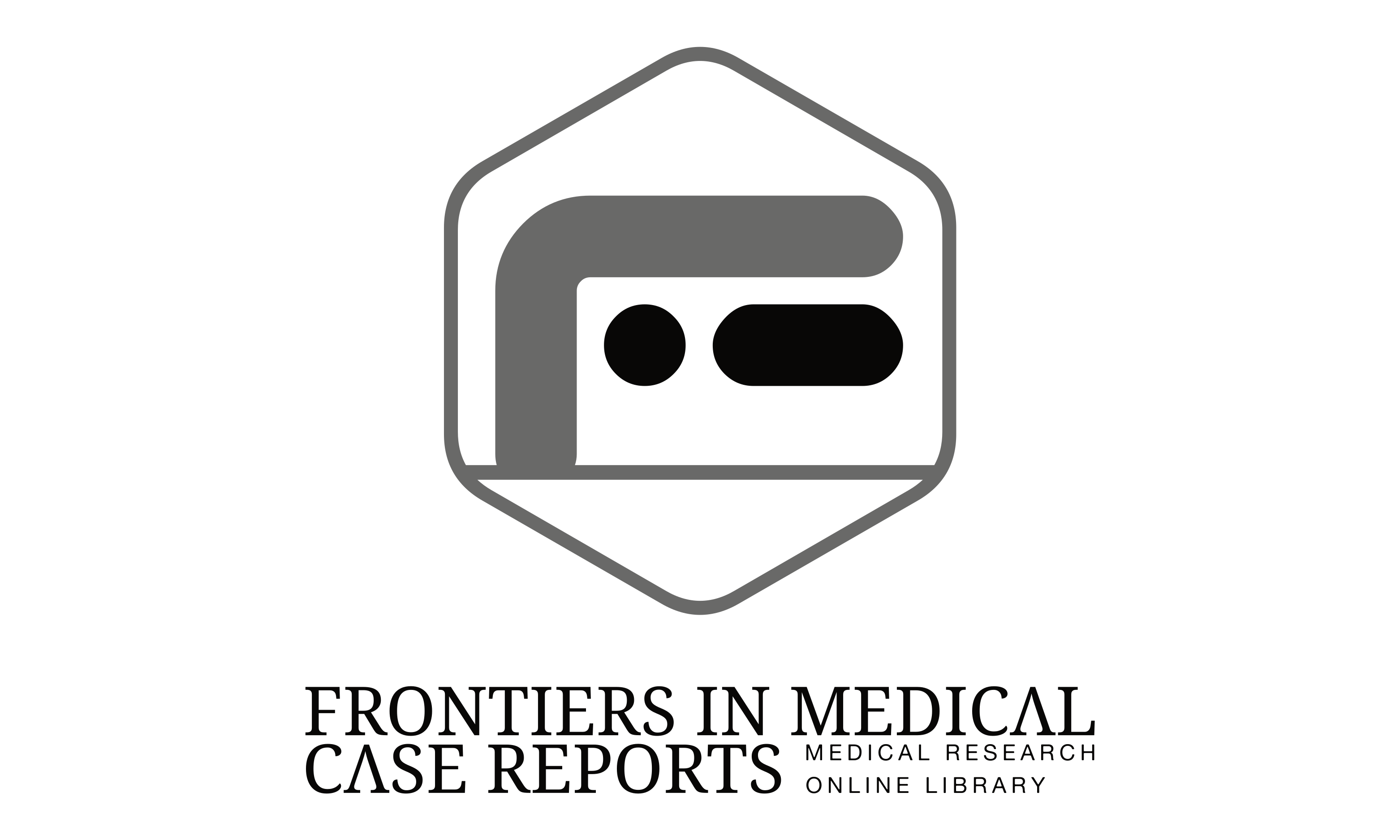FRONTIERS IN MEDICAL CASE REPORTS - Volume 2; Issue 5, (Sep-Oct, 2021)
Pages: 1-02
Print Article
Download XML Download PDF
Atypical 9p- Partial Deletion Syndrome: First Case in Mozambique
Author: Hector Rafael Cespedes Rodriguez, Valeria Isabel Muando Chicamba
Category: Medical Case Reports
Full Text:
Letter to Editor
Genetic syndromes are the most frequent and important to understand and explain the sequence of abnormalities that occur in the same patient. In less developed countries, the efforts of health systems are aimed at controlling infectious diseases that are the main cause of morbidity and mortality. In these, many genetic syndromes remain unclassified or their diagnosis is made based on phenotypic characteristics that may not be specific to a single syndrome.
We present a 16-month-old male patient, who attends for the first time the Pediatric consultation of the Mozambique Heart Institute with a diagnosis of Down Syndrome. 42-year-old son of a mother. Controlled pregnancy, without ingestion of drugs with a known teratogenic effect. Eutocic delivery at 39.5 weeks, weight 2850 grams, supine length 49.5 cm, and head circumference 34 cm. No family or personal history of interest. During the interview, the mother refers to him as "hyperactive and unable to concentrate on an activity." Cries frequently and is irritable in the face of frustrations. On physical examination: broad forehead, flat occiput and flat profile giving a caput quadratum appearance, hypertelorism, epicantus with narrow palpebral fissures with mongoloid deviation, small ears with normal implantation. Dental abnormalities. Short neck. Deep palmar grooves, with small distal phalanges and nail hypoplasia. Normal psychomotor development at the time of evaluation.
The chromosomal study was carried out in peripheral blood through lymphocyte culture, where the presence of a deletion in the short arm of chromosome 9 was revealed. The patient's karyotype was 46 XY, del9 (p21-p22).
The 9p- syndrome is produced by de novo deletion or by chromosomal rearrangement in one of the parents (National organization for rare disorders, 2016). Clinical features include mental retardation, trigonocephaly, and facial dysmorphia. Associated with arachnodactyly, hyperconvex nails, hypotonia and congenital heart disease (Alcalá et al., 2010; Fernández Calderón et al., 2004; Sirisena et al., 2013; Torres et al., 2009). Although these are the manifestations most frequently referred to in the literature, it is worth noting that in this patient, with the exception of the facial dysmorphia, they were absent; presenting others not described in the literature; hence we consider the atypicality of the manifestations.
Classified as a rare disease, of which less than 150 cases have been reported, we want to draw attention to its existence and diagnosis in our country. For this reason, we highlight the importance of the early performance of the cytogenetic study in patients with dysmorphic, which allows establishing the diagnosis and prognosis of the patient and carrying out the corresponding family genetic counseling.
References:
Torres E, Monjagata N, Herreros MB, Ascurra M, Rodríguez S, Ayala A. Monosomía Parcial del Brazo Corto del Cromosoma 9. Pediatr (Asunción) 2009; 36: 219–222.
Alcalá FC, Rodríguez MM, Casado IG, Bris LO, Fresno LS, Guerrero-Fernández J, Martínez-Frías ML, Bouthelier RG. Delecion 9p-. Disgenesia gonadal asociada a retraso mental. An Pediatr (Barc) 2010; 72: 210–214
Fernández Calderón E, Galán Gómez E, Carbonell Pérez J, Sáenz Hurtado J, Ledesma Alcázar M, Cardesa García J. Diagnóstico del síndrome 9p– al nacimiento. Una nueva observación. AnPediatr (Barc) 2004; 61: 185-196.
National organization for rare disorders. Chromosome 9, Partial Monosomy 9p. On-line consultation date 2016/06/10. https://rarediseases.org/rare-diseases/chromosome-9-partial-monosomy-9p/
Sirisena ND, Wijetunge UK, de Silva R, Dissanayake VH. Child with deletion 9p syndrome presenting with craniofacial dysmorphism, developmental delay, and multiple congenital malformations. Case Rep Genet 2013; 2013: 785830.
|

